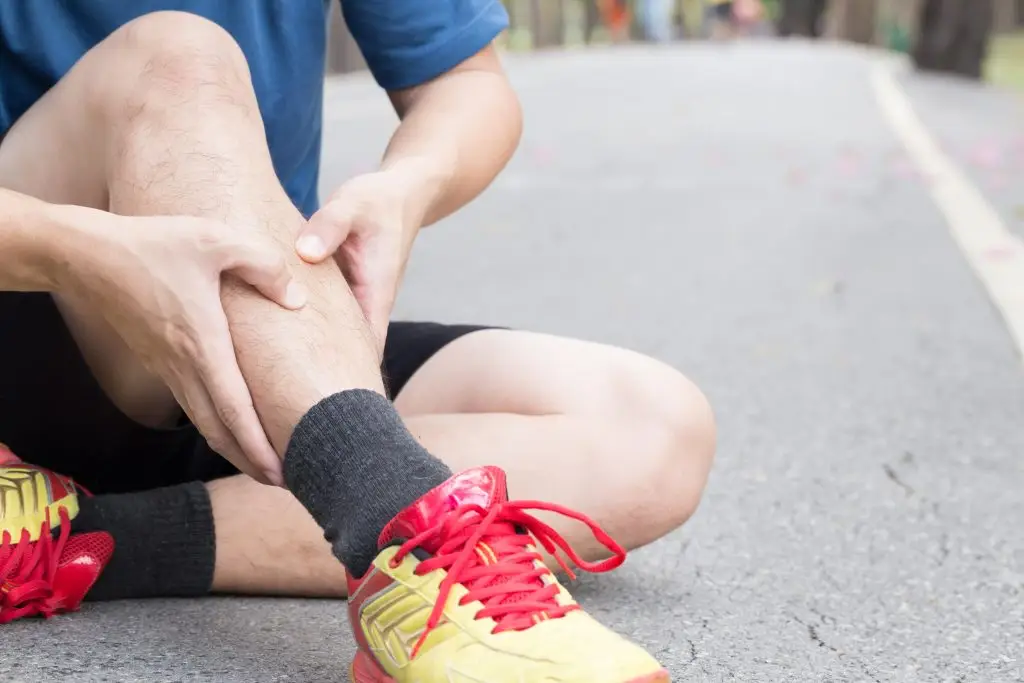Shin pain is a common complaint among people who have active lifestyles, especially runners. If you’ve experienced it, you know how frustrating it can be—not only because it stings or aches but because it can sideline you from doing what you love. Whether you’re someone who enjoys long jogs, playing soccer with friends, or hiking in the Smokies, shin pain can impact your ability to perform at your best or even participate.
Often, when you mention shin pain, people assume you’re dealing with “shin splints.” While shin splints are a commonly blamed culprit, not all shin pain results from this condition. Other causes of shin pain might be overlooked, delaying proper treatment and making recovery harder.
What are shin splints?
Shin splints is not a diagnosis in itself but a broad term used to describe pain in the front of the lower leg. In many cases, runners, dancers, and people new to physical activity have this kind of lower-leg shin pain.
For our purposes, when we see patients for complaints of shin splints, sometimes the diagnosis they receive is medial tibial stress syndrome (MTSS). But there are many types of calf, lower leg, and shin pain that can be caused by a number of different things.
Compartment syndrome
Compartment syndrome affects the muscles in the lower legs rather than the bones. The lower leg has “compartments,” or groups of muscles, surrounded by fibrous tissue. During intense activities, like running, blood flow to these muscles increases, causing swelling.
For some individuals, this swelling creates pressure inside these compartments. If too much pressure builds, it reduces blood flow, leading to pain, tingling sensations, or even numbness in the affected area. Symptoms often appear during exercise and subside with rest, which can make this condition tricky to diagnose.
Compartment syndrome is a serious condition, especially if it develops into a chronic issue. If untreated, it can lead to permanent damage to the muscles and nerves. Consulting a healthcare provider is essential for long-term management of the condition.
Bone bruises
Bone bruises are less common than soft-tissue bruises but can happen when the shin bone (tibia) experiences an impact or continued stress on already damaged bone tissue.
A bone bruise is characterized by microfractures in the affected bone. This means it may not show up on an X-ray of the area, but still exhibits symptoms that don’t fit a surface-level injury.
Unlike a stress fracture or shin splint, the pain from a bone bruise is often localized and accompanied by tenderness, swelling, and discoloration at the site of impact.
Treatment for a bone bruise can include resting, icing the area, and keeping the leg elevated, all part of the RICE (Rest, Ice, Compression, Elevation) method of self-care.
Stress fractures
Continuing to run while you have pain can make your symptoms and the underlying cause worse. Stress fractures are the progression from earlier forms of lower leg muscle damage or shin bone injury that stress the bones of the tibia and fibula over time.
Stress fractures are similar to bone bruises except that bone bruises typically occur suddenly due to an impact or injury. Stress fractures are also microfractures in bone tissue but develop over time when the leg muscles’ ability to absorb impact and tension becomes exhausted, transferring stress to the bone itself.
Risk factors for developing a stress fracture include:
- Running without proper footwear
- Running through pain
- Overexerting yourself in speed or distance
- Continuously running on hard surfaces like pavement or concrete
Early diagnosis and proper care, like resting and reducing activity level or intensity, can prevent the injury from escalating.
Bone fractures
If bone bruises and stress fractures are the first signs of bone breaks, a bone fracture is the final result. A shinbone fracture is a serious injury, often accompanied by intense pain, swelling, and difficulty bearing weight on the affected leg. This is a culmination of excessive damage and stress left untreated.
Fractures need to be treated by a doctor and typically include some kind of cast or boot to hold the lower leg in a constant position while the bone heals.
Running advice from a physical therapist
If you’re regularly experiencing shin pain, make an appointment with one of our physical therapists to learn how you can best prevent injuries while continuing to live your best life. We may be able to help in more ways than you might think, going beyond helping treat your pain to analyzing your body mechanics, giving advice on the proper footwear to invest in, establishing an injury prevention plan for the future, and more!
Learn what makes Excel Rehab & Sports different by starting a conversation with our team today. You can call a clinic or request an appointment online any time to get started.
